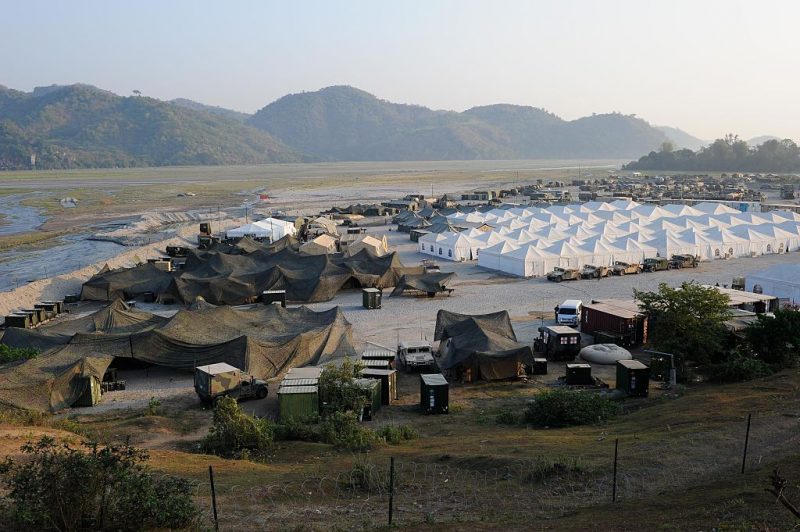
OAN Geraldyn Berry
UPDATED 5:14 PM – Monday, April 3, 2023
Despite strong opposition from China, the Philippine government has named four new military bases where rotating batches of American troops will be permitted to be stationed forever. These bases include some across the sea from Taiwan.
In a statement, the U.S. Department of Defense said the new locations “will strengthen the interoperability of the U.S. and Philippine Armed Forces and allow us to respond more seamlessly together to address a range of shared challenges in the Indo-Pacific region.”
Philippine diplomats said that the decision to allow an expanded American military presence was in the Philippines’ national interest and would boost its ability to respond to natural disasters, in response to China’s opposition.
In February, the administration of President Ferdinand Marcos Jr. revealed that it had authorized the 2014 Enhanced Defense Cooperation Agreement between the longtime treaty allies to increase the U.S. military presence from the five current sites to four additional Philippine military bases.
A Philippine Navy base in Santa Ana and an international airport in Lal-lo, both in the northern Cagayan region, are among the new locations mentioned by Marcos’ office.
Chinese officials are enraged by those sites because they would give American troops a staging area close to Taiwan, the independent island Beijing claims as its own, as well as southern China.
The other two military installations are revealed to be a naval camp on Balabac island in the western province of Palawan and the northern Isabela province. Palawan faces the South China Sea which is a vital route for the international trade that Beijing practically unilaterally claims. As a result, Beijing has escalated its aggressiveness in recent years, endangering smaller claimant states like the Philippines.
In the busy and resource-rich South China Sea, China and the Philippines have been embroiled in tense territorial conflicts with Vietnam, Malaysia, Brunei, and Taiwan. Washington has made no claims to the strategic waters, but warships, fighter jets, and surveillance planes on patrols it claims will advance legality and freedom of navigation, have been sent which infuriates Beijing.
The Chinese Embassy warned in a recent statement that the Philippine government’s security cooperation with Washington “will drag the Philippines into the abyss of geopolitical strife and damage its economic development at the end of the day.”
Two of the biggest U.S. Navy and Air Force bases outside the country’s continental territory formerly were located in the Philippines. After the Philippine Senate refused an extension, the bases were closed at the beginning of the 1990’s. However, American forces later returned for sizable combat drills with Filipino forces under a Visiting Forces Agreement.
The Philippine Constitution forbids the permanent encampment of foreign forces as well as their participation in regional hostilities. In accordance with the 2014 agreement, American troops are permitted to station themselves in specific Philippine camps for an indefinite period of time, constructing barracks and other structures there using their defense equipment, except for nuclear weapons.

